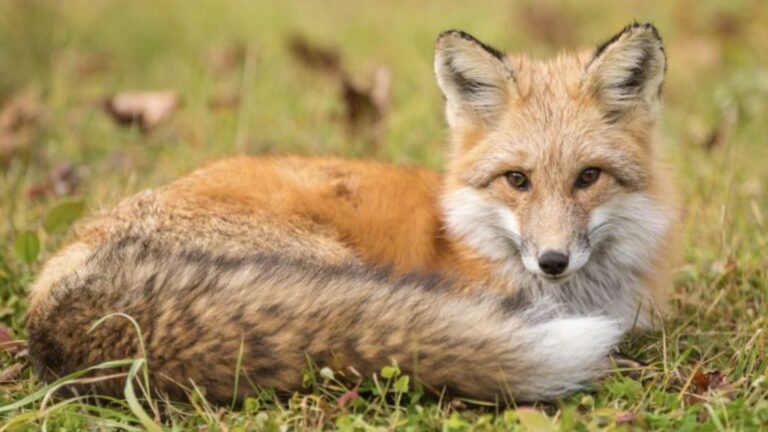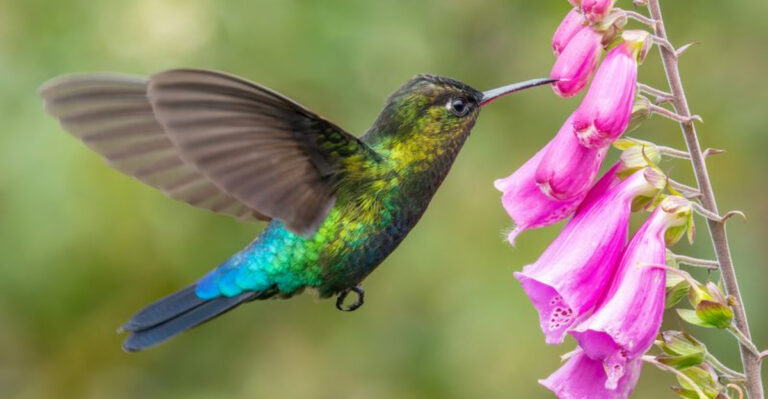Underground Battle: The Secret Fight For Survival Of The Crawfish Frog
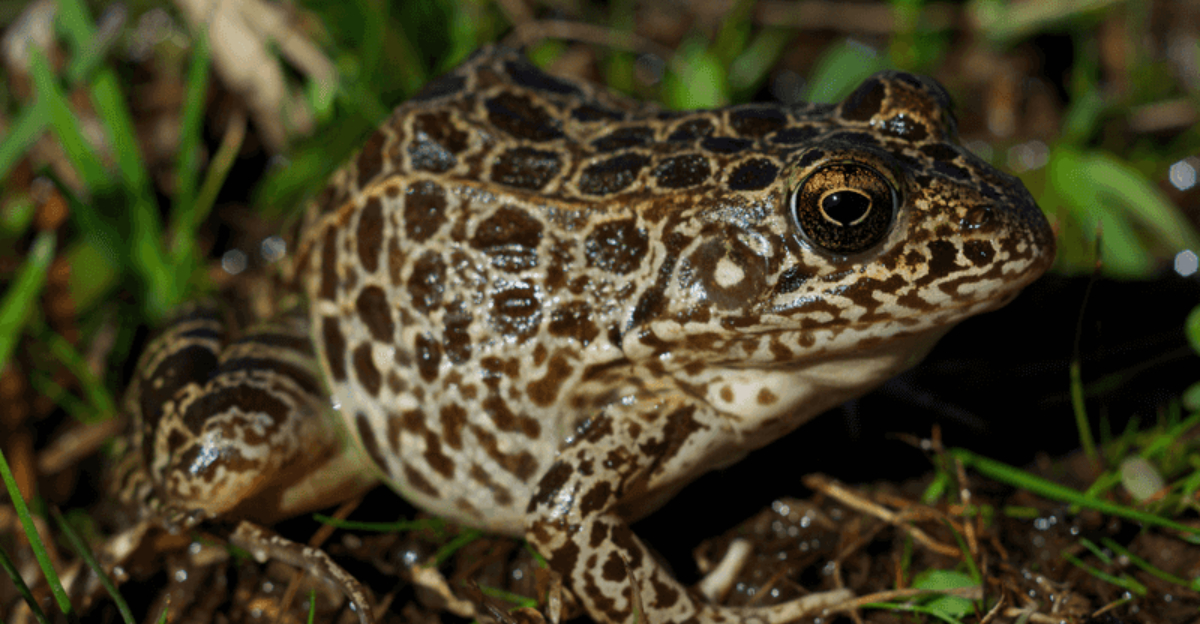
Meet the crawfish frog, a remarkable amphibian waging a silent struggle for existence beneath our feet. Named for their habit of inhabiting crayfish burrows, these unique creatures face mounting threats from habitat loss, climate change, and disease.
Their underground lifestyle reveals an extraordinary story of adaptation and resilience that most people never get to witness.
1. Masters Of Burrow Living
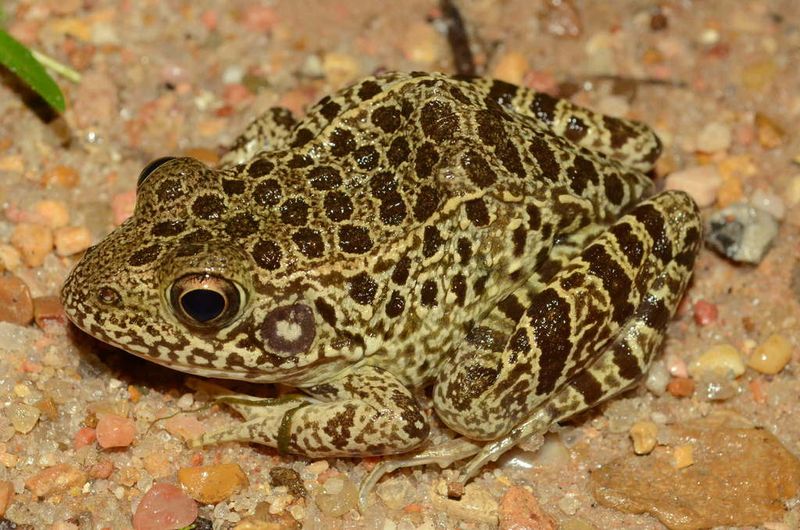
Imagine spending most of your life in someone else’s abandoned home! Crawfish frogs didn’t evolve to dig their own burrows – instead, they’ve mastered the art of real estate recycling.
Moving into vacant crayfish tunnels provides them ready-made shelter extending up to three feet underground. These crafty amphibians modify their adopted homes with specialized mucus to maintain perfect humidity levels.
2. Explosive Breeding Frenzies
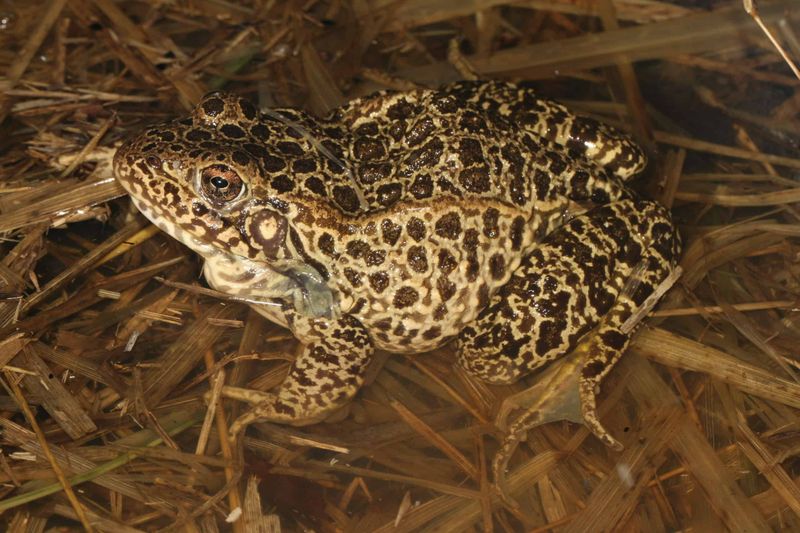
Rain triggers a remarkable transformation in these typically solitary creatures. During brief breeding periods, crawfish frogs emerge from isolation for spectacular gatherings at temporary ponds.
Males call with extraordinary volume – their vocalizations can be heard from over a mile away! The resulting egg masses are impressive too, with females laying between 3,000-7,000 eggs in gelatinous clusters that float on water surfaces.
3. Prairie Dwellers In Peril

Once abundant across prairies and grasslands from Indiana to Kansas, these stocky amphibians now occupy less than 50% of their historical range. Modern agriculture transformed their native tallgrass prairie into cropland.
Even more devastating? The disappearance of their roommates – burrowing crayfish populations have plummeted in many regions. Without these crucial tunnel engineers, crawfish frogs struggle to find suitable underground sanctuaries.
4. Chunky Body Builders
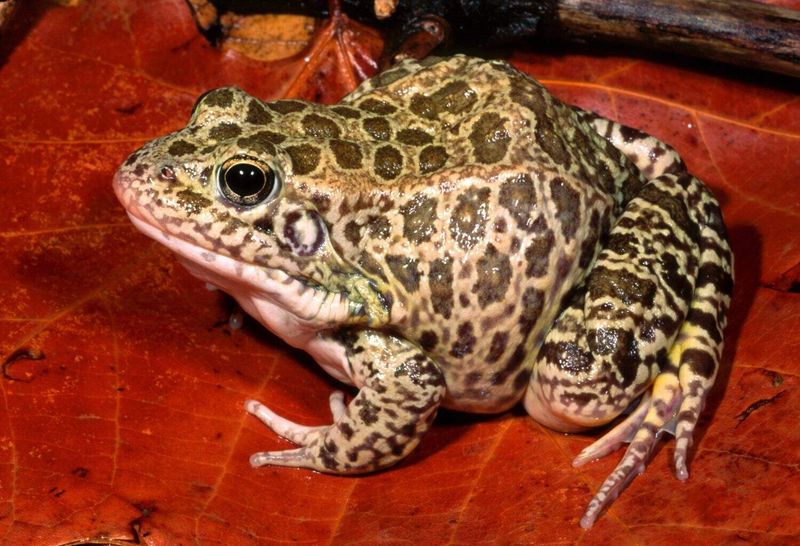
Sporting a robust, almost chubby physique, these amphibians pack surprising heft into their 2-3 inch frames. Their distinctive cream-colored body bears a leopard-like pattern of dark spots surrounded by light halos.
Those powerful thighs aren’t just for show – they enable impressive leaps when danger threatens! Despite their stocky appearance, crawfish frogs can jump surprisingly far to escape predators before retreating to burrow safety.
5. Homebody Champions

Talk about loyalty to your address! Research tracking individual frogs reveals astonishing site fidelity – many return to the exact same burrow year after year.
Some dedicated homebodies have occupied identical burrows for five consecutive years! This attachment to specific real estate makes them exceptionally vulnerable to habitat destruction. Once their familiar burrow disappears, these creatures struggle tremendously to establish new homes.
6. Deafening Lovesongs
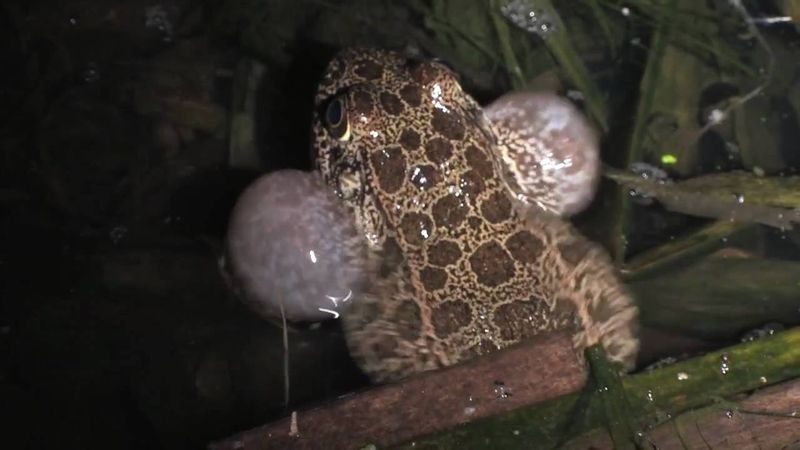
Few creatures can match the extraordinary acoustic output of lovesick male crawfish frogs. Their distinctive call resembles a deep snore followed by a vibrating grunt – “SNOOOORE-gribbit!”
What makes them remarkable is the sheer volume. Measuring over 90 decibels from just 3 feet away, their calls rival motorcycle engines! This incredible volume helps females locate potential mates across flooded prairies during brief breeding windows.
7. COVID-Like Threat
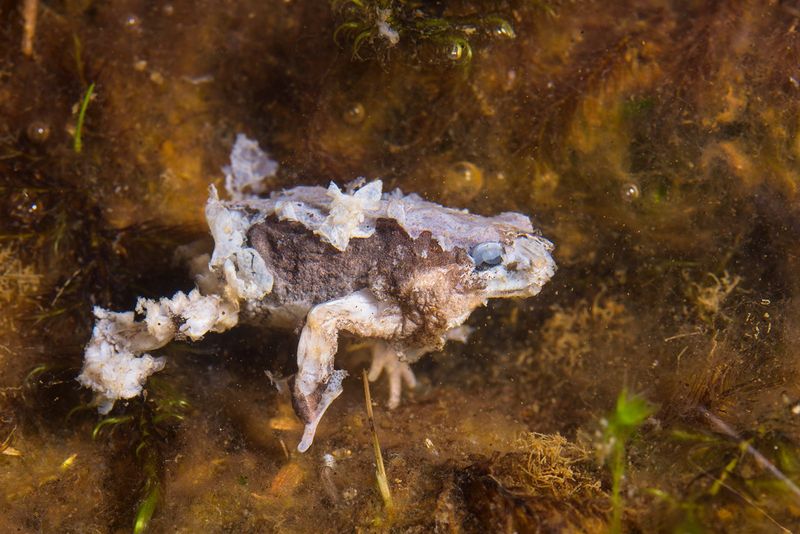
Long before humans faced coronavirus, amphibians worldwide battled their own pandemic. Chytrid fungus (Batrachochytrium dendrobatidis) attacks frogs’ skin, disrupting crucial functions like water regulation and breathing.
Crawfish frogs show varying susceptibility – some populations carry the fungus without symptoms while others suffer devastating mortality. Scientists race to understand why certain individuals resist infection, hoping to discover natural defense mechanisms that might save vulnerable populations.
8. Remarkable Patience Predators
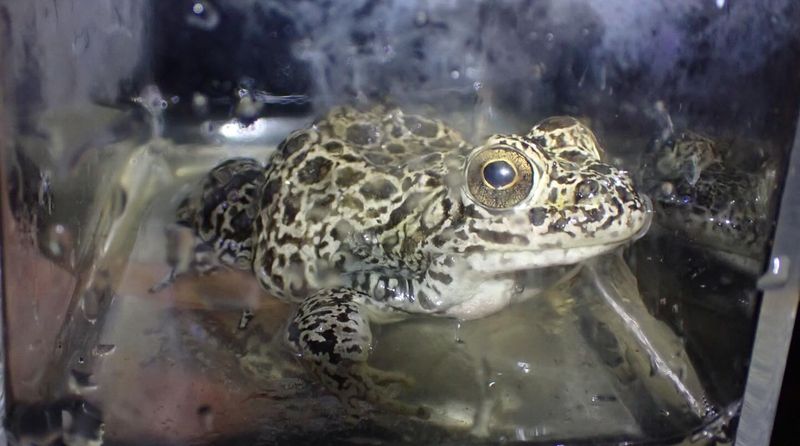
Forget active hunting – these amphibians perfect the art of ambush. Positioning themselves at burrow entrances during dawn and dusk, they wait motionless for unsuspecting insects to wander past.
With lightning-fast tongue strikes, they snag beetles, crickets, and even small spiders! Their diet shifts seasonally, focusing on whatever invertebrates are abundant. After heavy rains, they capitalize on earthworms forced to the surface by saturated soil.
9. Weather-Predicting Wisdom
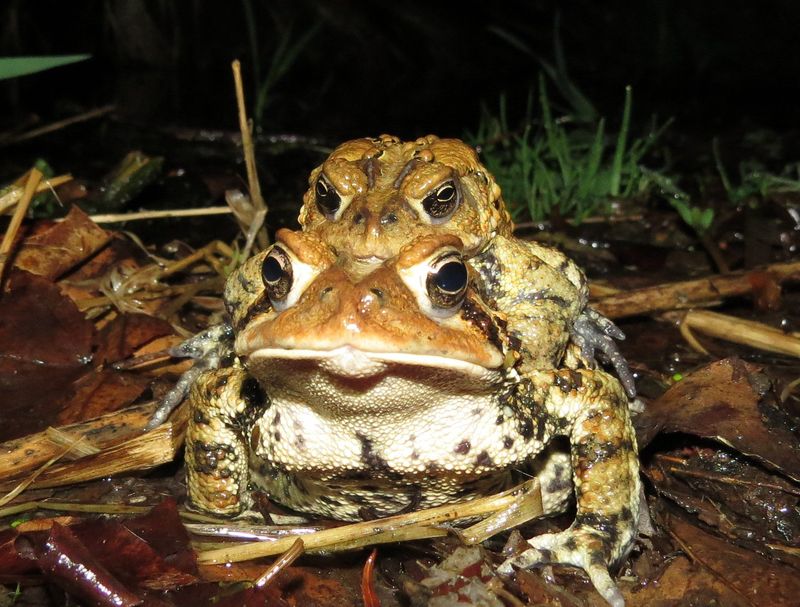
Farmers once considered these amphibians natural meteorologists. Their sudden emergence from burrows often precedes significant weather changes – particularly approaching rainstorms.
Science confirms this folk wisdom! Crawfish frogs detect subtle barometric pressure drops and increased humidity that signal incoming precipitation. Evolution favored this sensitivity since breeding success depends entirely on temporary rain-filled depressions forming at precisely the right time.
10. Underground Climate Control
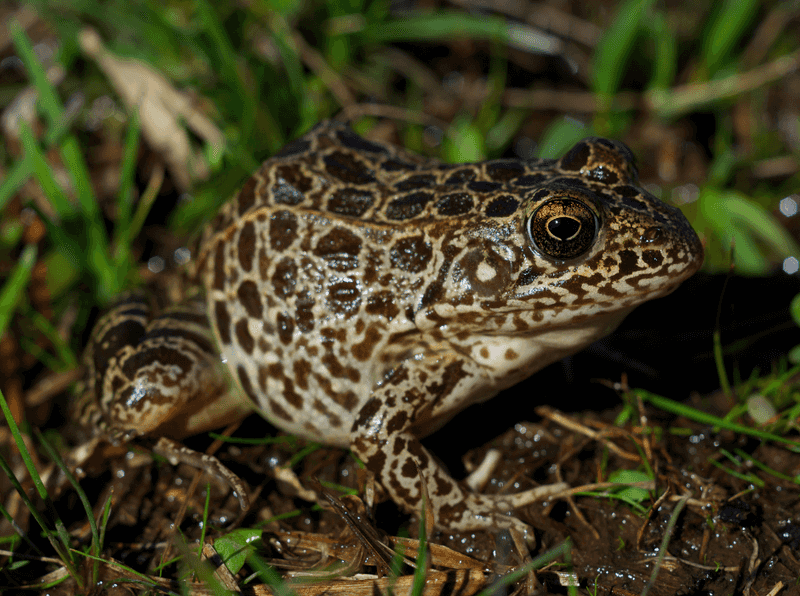
Surviving scorching summers and freezing winters requires sophisticated environmental engineering. Crawfish frogs modify borrowed burrows by secreting specialized mucus that seals walls and maintains perfect humidity.
During drought, they retreat deeper, sometimes following water tables down to remarkable depths! In winter, they position themselves carefully above the frost line but below freezing air. This precise positioning prevents both freezing and dehydration during months of hibernation.
11. Conservation Rock Stars
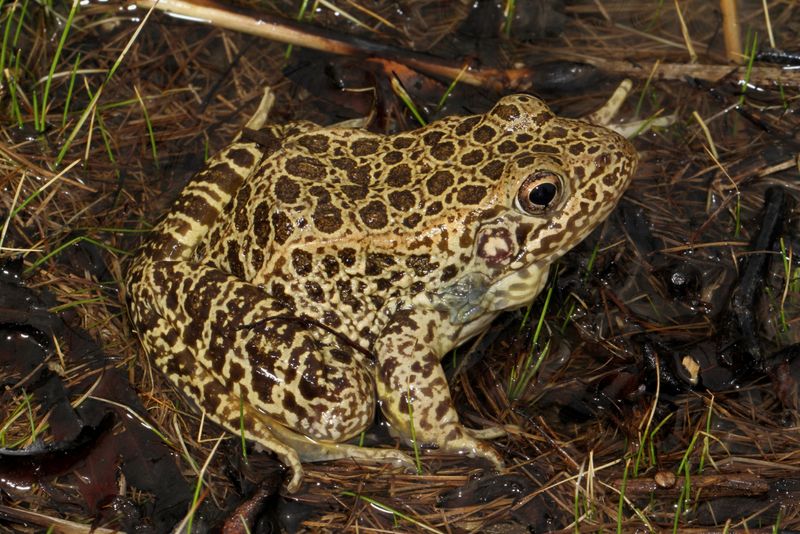
Despite their precarious status, these frogs serve as powerful conservation symbols. Their complex habitat needs – requiring both intact grasslands and functioning wetlands – make them perfect “umbrella species.”
Protecting crawfish frogs automatically safeguards dozens of other prairie species! Conservation efforts focusing on these amphibians have successfully preserved thousands of acres that might otherwise face development. Their compelling story helps engage public support for less charismatic grassland species.
12. Record-Breaking Metamorphosis
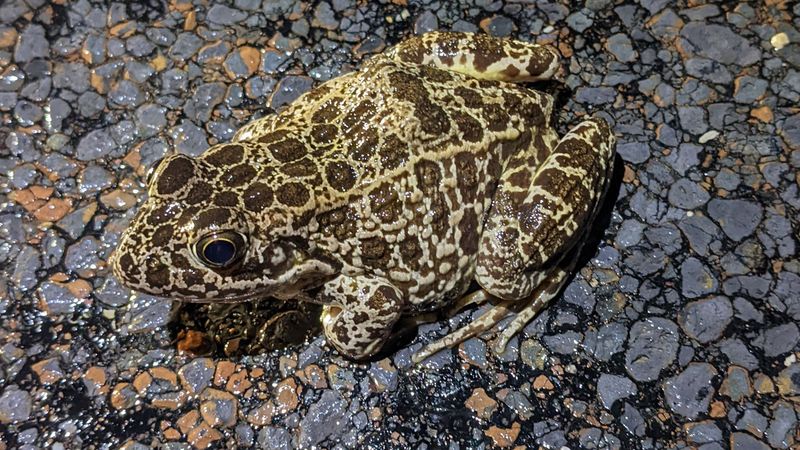
From egg to adult in just 11-14 weeks? Few amphibians match this accelerated development timeline! Tadpoles race against evaporation, transforming before temporary breeding ponds disappear.
Their rapid growth requires voracious feeding – tadpoles consume massive quantities of algae and microorganisms. This evolutionary strategy proves both blessing and curse. While quick development helps them utilize ephemeral water bodies, it also makes them vulnerable to pollution and premature pond drying.
13. Nocturnal Nomads
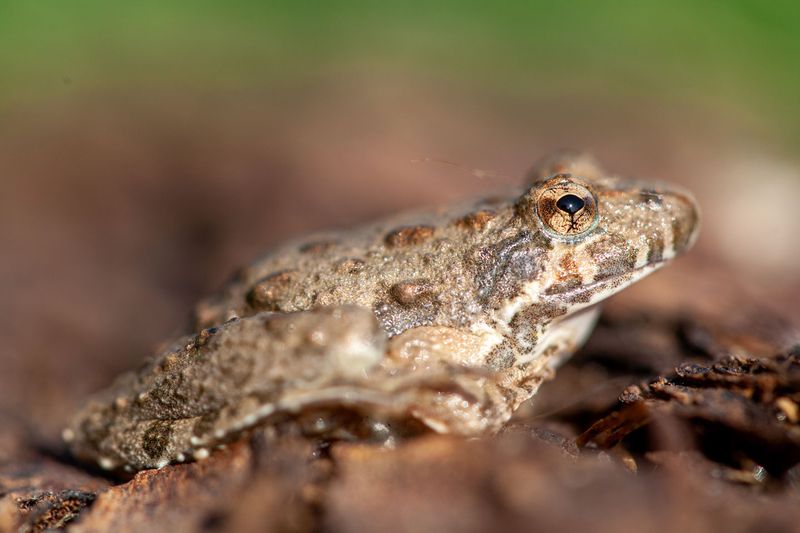
Moonlight reveals a different side of these typically sedentary amphibians. During humid nights, especially after rain, crawfish frogs transform into active explorers.
Radio-tracking studies reveal surprisingly long journeys – some individuals travel over half a mile in a single night! These nocturnal adventures serve critical purposes: males scout potential breeding sites while females assess territory quality. Their nighttime movements also facilitate genetic exchange between otherwise isolated populations.
14. Prairie Fire Survivors
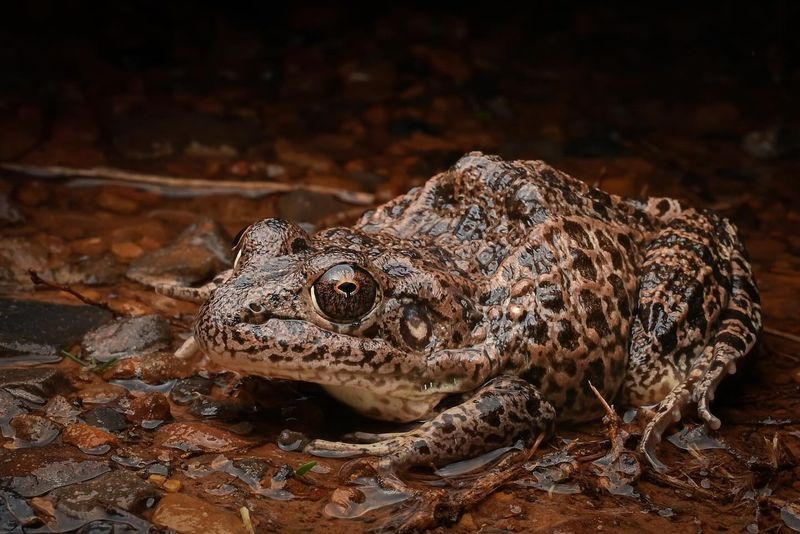
Evolving alongside periodic grassland fires shaped remarkable survival adaptations. Unlike many amphibians, crawfish frogs don’t flee approaching flames – they retreat deeper into burrows.
Their underground sanctuaries provide perfect protection from passing fire fronts! This relationship with fire becomes symbiotic – controlled burns maintain open grasslands by preventing woody encroachment. Without occasional fires, their prairie habitat would gradually transform into forest, eliminating essential breeding pools.
15. Citizen Science Champions
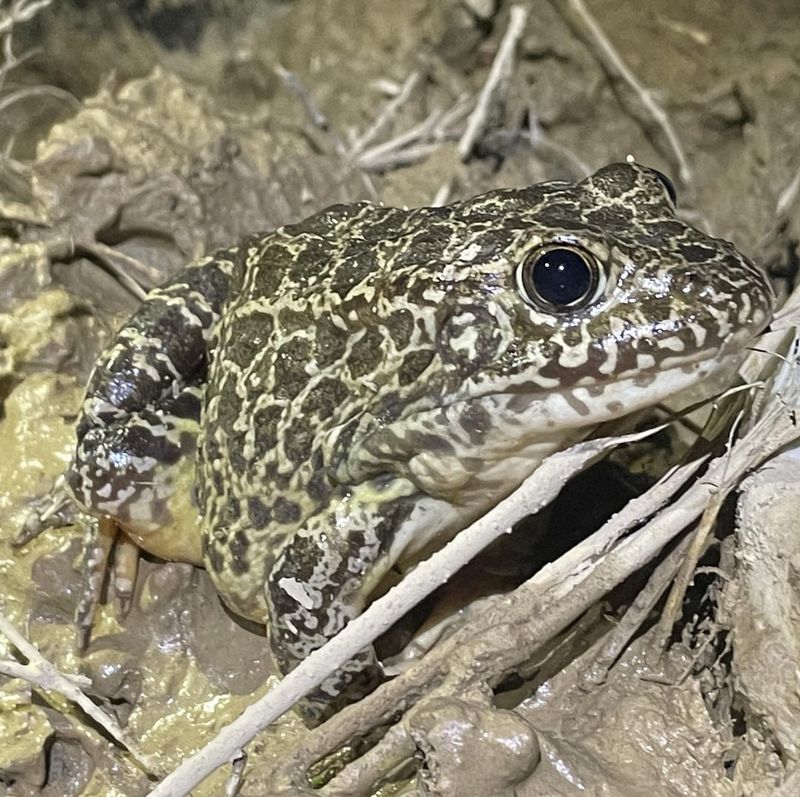
Volunteer frog-watchers drive conservation breakthroughs for these elusive amphibians. Armed with smartphones and specialized apps, everyday nature enthusiasts document calling males during spring breeding seasons.
This crowdsourced data reveals population trends impossible for scientists to gather alone! Several previously unknown breeding sites have been discovered through citizen reports. The distinctive call makes identification accessible even to beginners, creating perfect entry-level engagement for budding naturalists.



